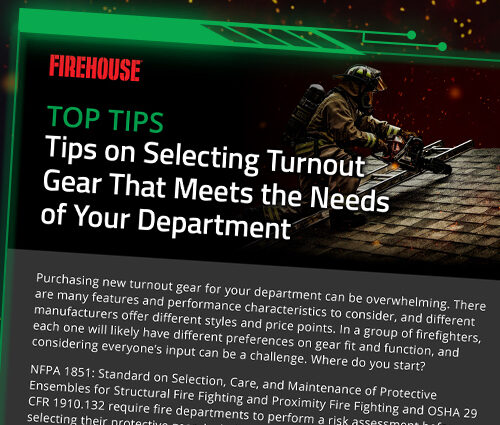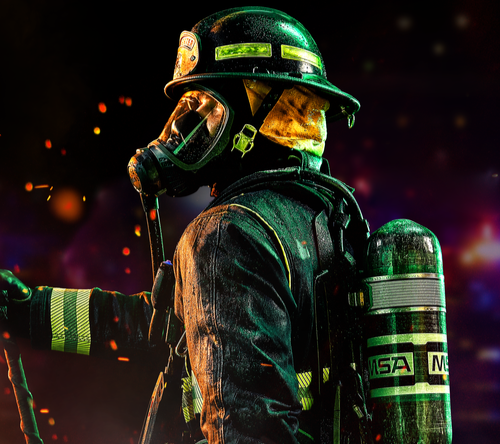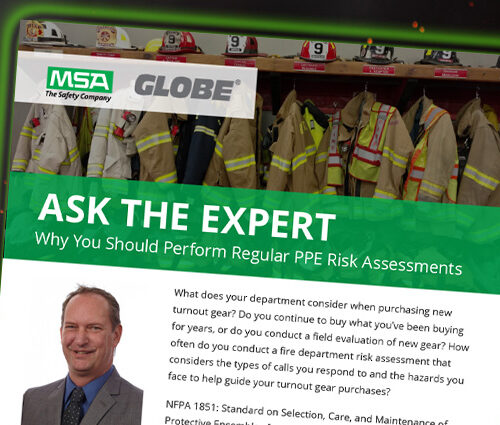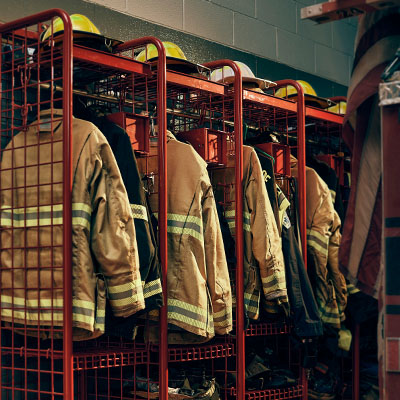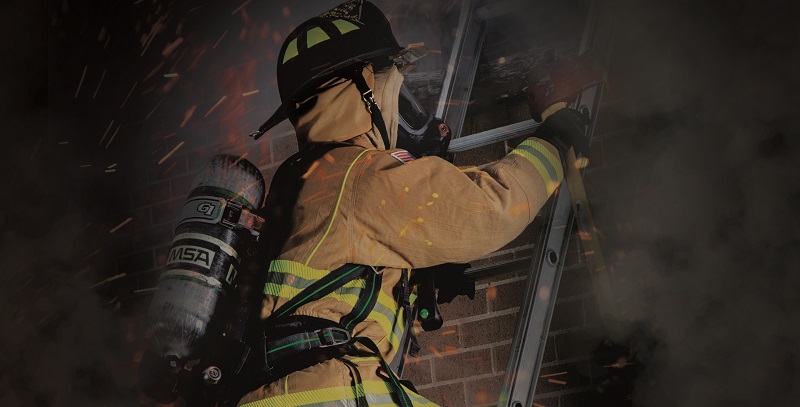
Researching and specifying new turnout gear for your department may seem like an arduous task given all the choices of materials and styles available today. That’s why we offer an easy 5-step process to help you learn the basics and get started.
Step #1: Understanding Standards
The National Fire Protection Association (NFPA) is a standards writing organization, founded in 1896 and dedicated to the concept of voluntary consensus standards writing. While it is not an enforcing agency, NFPA enjoys a unique reputation and its standards have been adopted by all levels of government, in many cases giving the standards the force of law.
NFPA 1971, Standard on Protective Ensembles for Structural Fire Fighting and Proximity Fire Fighting,
sets the minimum requirements for design, performance, testing, and certification of the elements of the ensemble for body protection in structural fire fighting and in proximity fire fighting – coats, trousers, one-piece suits, hoods, helmets, gloves, footwear, and interface elements such as wristers.
Step #2: Creating a Risk Assessment
A Risk Assessment identifies the hazards department personnel may encounter in the course of their duties and describes appropriate levels of personal protection to operate safely and effectively in conditions that may expose personnel to those hazards. When completed, this Risk Assessment can be a valuable tool in selecting appropriate PPE, creating your specifications, and even providing the justification for two sets of turnout gear or a personnel training plan.
Step #3: Selecting a Style, Features, and Options
Firefighters are industrial athletes and are often called on to perform their jobs in the most challenging conditions. To perform your best, you need gear that delivers enhanced mobility, improved fit, and long-lasting durability. And don’t forget that it is personal equipment, so style and comfort, although more subjective, are also important.
There is no one suit that is best for everyone. Which one is best for you depends on the hazards identified in your Risk Assessment, your evaluation of design and materials, and your budget. And with our thousands of options to choose from, you can be sure to get exactly what you need.
Step #4: Learning About Materials
NFPA-certified turnout gear consists of three layers of materials – together called a composite – which is made up of an outer shell, a moisture barrier, and a thermal liner. Technology, design, and protection have changed dramatically since the early days, but the original concept of making turnout gear from these three layers still provides the foundation of current turnout gear.
Step #5: Evaluating, Specifying, and Purchasing
A well-documented field test and evaluation that results in a recommendation based on quantifiable results can be a powerful tool in providing justification for the purchase of the turnout gear and boots that will be the best solutions for your department.
Get Started Today
Visit our website for more information and to download helpful tools.


